Indian beverages showcase a rich tapestry of flavors, colors, and aromas, reflecting the diverse culture and culinary heritage of the subcontinent. From traditional classics like masala chai and lassi to modern interpretations of refreshing coolers and exotic mocktails, Indian beverages offer a sensory journey through centuries-old traditions and contemporary innovations. Infused with aromatic spices, fresh herbs, tropical fruits, and dairy products, these drinks tantalize the palate with their sweet, savory, and tangy profiles.
Masala Chai
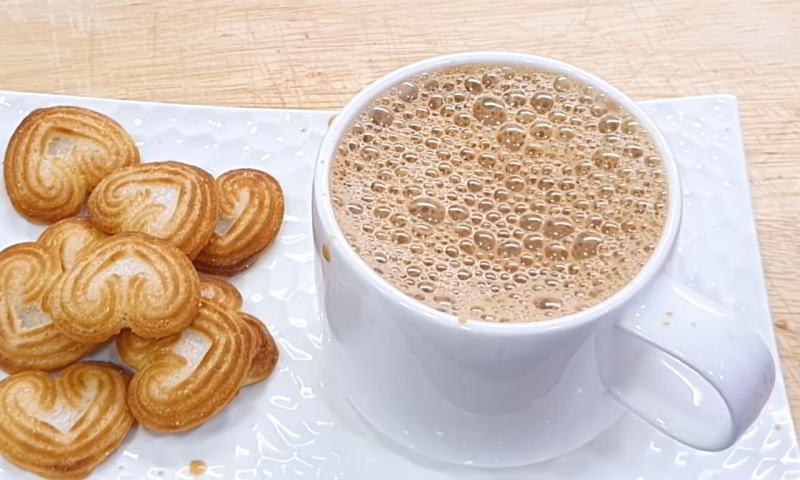
Masala chai, also known as spiced tea, is a traditional Indian beverage that has gained popularity worldwide. It is a flavored tea made with a blend of spices, milk, and tea leaves. The spices used in masala chai can vary, but commonly include ginger, cardamom, cinnamon, cloves, and black pepper. These spices are simmered with water to extract their flavors, and then tea leaves are added to brew. The addition of milk adds a creamy and comforting element to the drink. Masala chai is known for its aromatic and warming qualities. It is often enjoyed in the mornings or as an afternoon pick-me-up. The combination of spices not only adds a unique taste but also offers several health benefits. Ginger aids digestion, cardamom promotes detoxification, cinnamon helps regulate blood sugar, and cloves have anti-inflammatory properties. Masala chai is a versatile beverage that can be customized to suit individual preferences. It can be sweetened with sugar or honey, and the proportions of spices can be adjusted to create a desired flavor profile.
Bhang
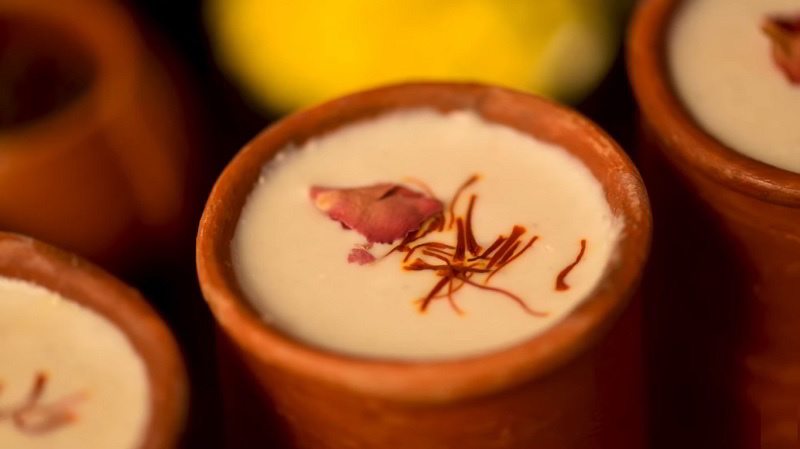
Bhang is a traditional Indian drink that has been consumed for centuries, especially during festivals and celebrations. It is made from the leaves and flowers of the cannabis plant, which are ground into a fine paste and then mixed with various ingredients to create a flavorful and potent concoction. The preparation of bhang involves grinding the cannabis leaves and flowers with water or milk to create a thick paste. This paste is then mixed with a combination of spices, such as cardamom, cinnamon, and nutmeg, as well as sweeteners like sugar or honey. Sometimes, additional ingredients like almonds, pistachios, or rose petals are added for a richer flavor. Bhang is typically consumed as a cold drink, often served in small clay cups called matkas. It has a distinct taste that is both earthy and slightly spicy, with a hint of sweetness. The drink is known for its psychoactive effects, which can induce a sense of relaxation and euphoria. While Bhang is often associated with religious rituals and festivities, it is also enjoyed recreationally by some individuals.
Lassi
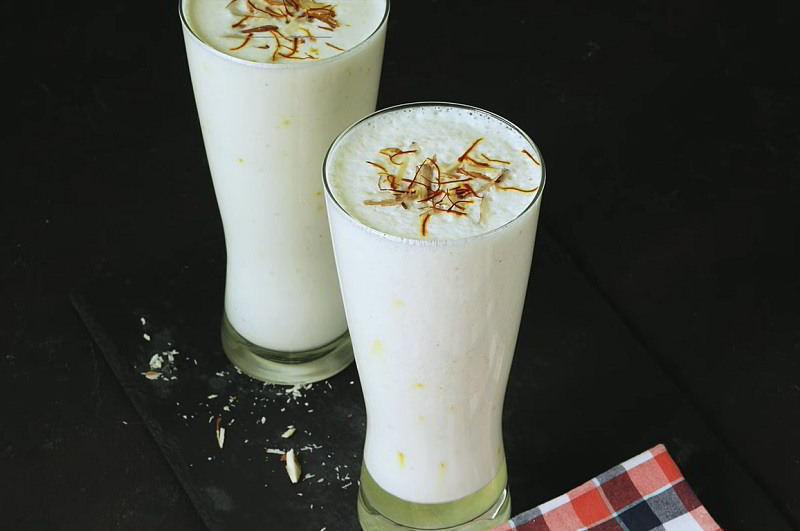
Lassi is a popular and traditional Indian drink that is loved by people of all ages. This refreshing beverage is made by blending yogurt with water and adding a variety of flavors and spices to enhance its taste. Lassi is commonly served in a tall glass and consumed either as a standalone drink or as a complement to a meal. There are various types of lassi available, each with its own unique flavor profile. The most common variations include sweet lassi, which is made by adding sugar or honey, and salted lassi, which is seasoned with salt and sometimes a pinch of roasted cumin powder. Additionally, fruit lassi, such as mango lassi or strawberry lassi, is also quite popular. Lassi is not only delicious but also has numerous health benefits. It is a great source of probiotics, which help improve digestion and boost the immune system. The yogurt used in lassi is high in calcium and protein, making it a nutritious drink option.
Filter Coffee
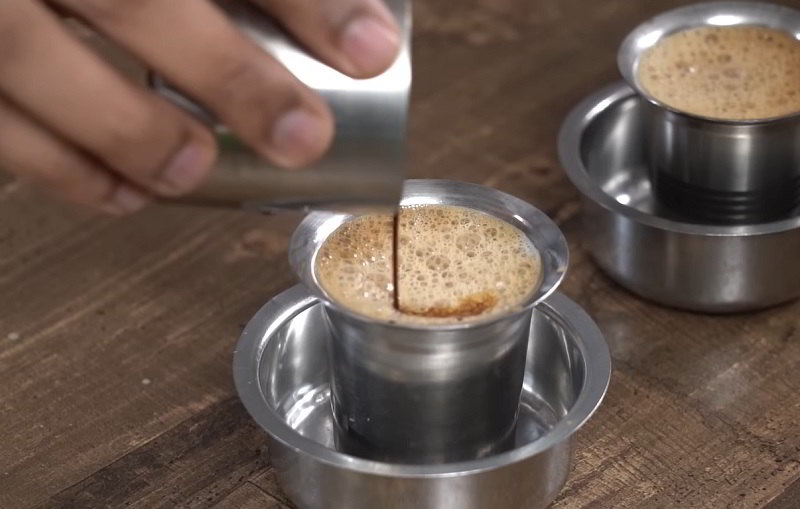
Indian filter coffee, also known as "kaapi," is a popular and traditional beverage that holds a special place in the hearts of coffee enthusiasts in India. It is a unique preparation method where finely ground coffee beans are brewed in a traditional metal filter called a "dabarah" or "tumbler." To make Indian filter coffee, a mixture of dark roasted coffee powder and chicory is added to the upper chamber of the filter. Hot water is poured over it, allowing the decoction to slowly drip into the lower chamber. This strong and flavorful decoction is then mixed with hot milk and sweetened with sugar according to taste. The result is a rich and aromatic cup of coffee with a distinct taste and strong caffeine kick. The filter coffee is often served in stainless steel or brass cups and saucers, referred to as "davara" and "tumbler" respectively. The pouring technique, called "degree coffee," involves pouring the coffee from a height to create a frothy layer on top. Indian filter coffee is not just a beverage, but a cultural experience. It is enjoyed during breakfast or as a midday pick-me-up, and is often accompanied by a crispy South Indian snack like dosa or vadai. Its unique brewing method and bold flavor make it an essential part of India's rich coffee culture.
Sugarcane Juice
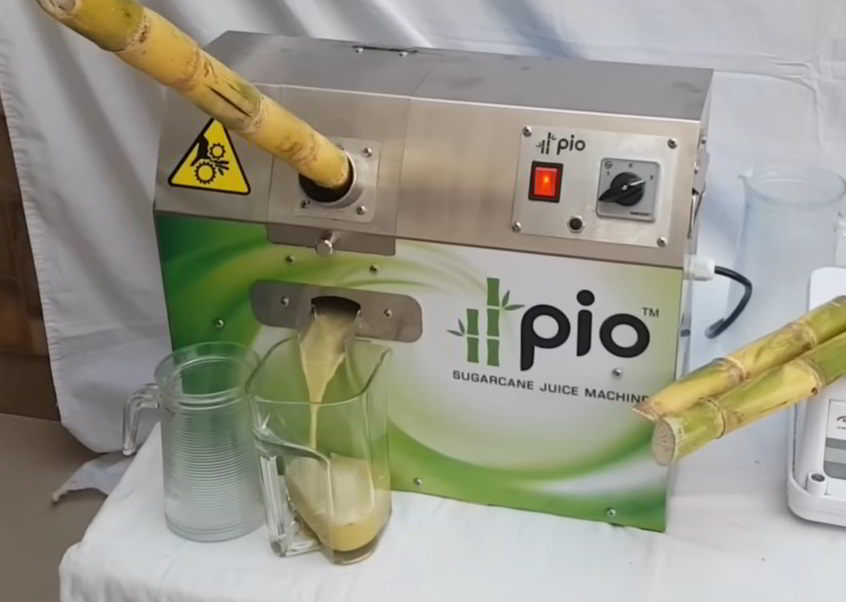
Sugarcane juice is a popular and refreshing drink in India, known for its sweet and tangy taste. It is made by extracting the juice from freshly harvested sugarcane stalks. The process involves passing the sugarcane through a juicer or crushing it manually to release the sweet nectar-like liquid. This traditional Indian drink is enjoyed by people of all ages, especially during summers, as it helps to cool down the body and provides instant energy. Sugarcane juice is often served in small street-side stalls, where the vendor skillfully extracts the juice right in front of the customer. The juice is served in tall glasses, sometimes garnished with a squeeze of lemon or a pinch of black salt for added flavor. It is best consumed when chilled and can be enjoyed on its own or mixed with other ingredients like ginger, mint, or lemon to create refreshing variations.
Jigarthanda
-1711607771.jpg)
Jigarthanda is a popular traditional drink from the southern Indian state of Tamil Nadu. The name "Jigarthanda" translates to "cooling drink" in English, and it lives up to its name with its refreshing and soothing qualities. This delicious beverage is a concoction of several ingredients that come together to create a unique and mouthwatering experience. The main components of Jigarthanda include a rich and creamy base made from milk and ice cream. This creamy base is then infused with a special syrup called "badam pisin," which is made from the extracts of sweet almonds. This syrup adds a distinct flavor and texture to the drink, making it even more delightful. To further enhance the taste, Jigarthanda is often garnished with a variety of toppings such as chopped nuts, tutti frutti, and a generous drizzle of rose syrup. The combination of these flavors creates a perfect balance of sweetness, creaminess, and a hint of floral notes. Jigarthanda is not only a delicious beverage but also has a cooling effect on the body, making it a popular choice during hot summer months.
Butter Tea
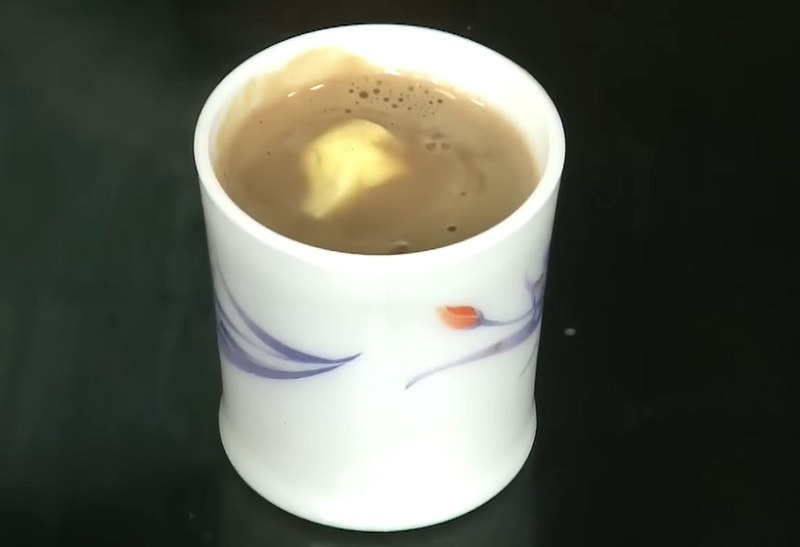
Butter tea, also known as "gur gur" or "po cha," is a traditional beverage that originated in the Himalayan regions of India, particularly in Ladakh and Tibet. This unique and invigorating drink is made by churning tea leaves, salt, yak butter, and sometimes milk together. The process of making butter tea involves boiling tea leaves in water for a long time to create a strong and concentrated brew. After the tea is prepared, it is poured into a wooden churn called a "cha chen" along with salt and chunks of butter. The churn is then vigorously rotated back and forth until the ingredients are mixed thoroughly and the tea becomes frothy. The resulting beverage has a distinctively creamy and buttery flavor, with a hint of saltiness. It is often enjoyed hot, especially in the cold mountainous regions where it originated.
Kahwah
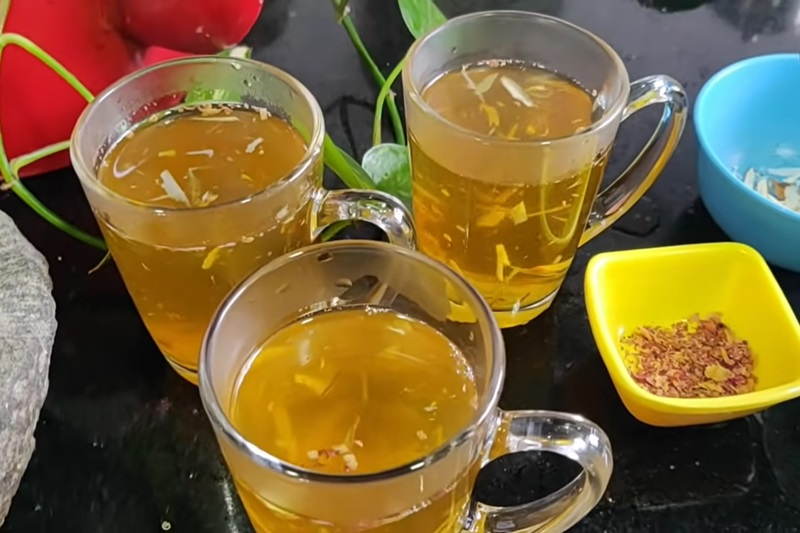
Kahwah is a traditional Indian drink that originated in the Kashmir region of North India. It is a popular beverage that is usually served hot and is known for its unique blend of flavors and health benefits. The main ingredients of Kahwah include green tea leaves, saffron strands, cinnamon, cardamom, cloves, and almonds. The tea leaves are steeped in boiling water along with the rest of the ingredients, resulting in a fragrant and aromatic beverage. Kahwah is often enjoyed as a morning or evening tea, as it is believed to have several health benefits. It is known to aid digestion, boost metabolism, and provide relief from stress and anxiety. The saffron used in Kahwah is also known for its antioxidant properties and is believed to have a calming effect on the mind. In addition to its health benefits, Kahwah is also appreciated for its unique taste. The combination of spices and saffron gives it a rich and soothing flavor, with a hint of sweetness from the almonds. It is often served with a sprinkling of crushed pistachios on top, adding a delightful crunch to every sip.
Sharbat
-1709097372.jpg)
Sharbat is a traditional Indian beverage that is known for its refreshing and cooling properties. It is a sweet and tangy drink that is typically made by mixing fruit extracts, floral essences, and various herbs with water and sugar. The word "sharbat" is derived from the Persian word "sharbat," which means "to drink." Sharbat is commonly consumed during the hot summer months in India, as it helps to beat the heat and quench thirst. It is often served chilled and garnished with fresh fruits and herbs. Some popular flavors of sharbat include rose, lemon, mango, mint, and tamarind. The preparation of sharbat involves extracting the flavors and aromas of fruits and herbs through various methods such as crushing, pressing, or boiling. The extracted liquid is then mixed with water and sugar to achieve the desired sweetness. Some variations of sharbat also include the addition of spices like cardamom or saffron to enhance the flavor and aroma.
Ginger Tea
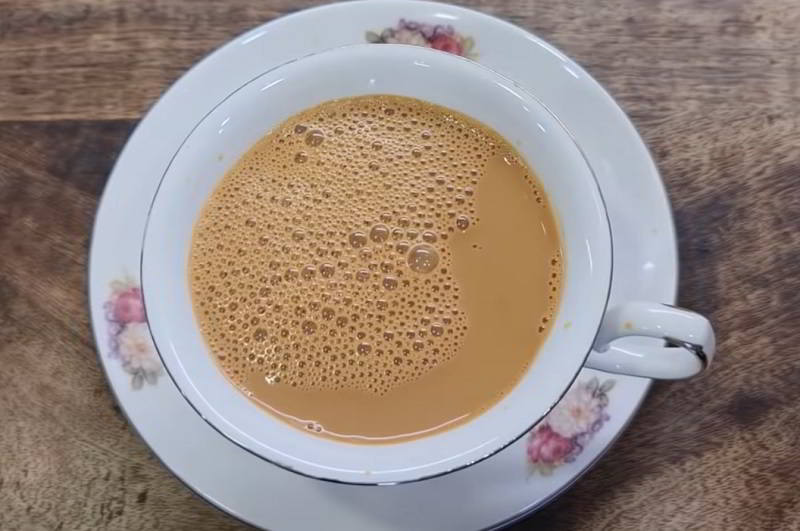
Ginger tea is a popular and traditional Indian drink that is enjoyed by many for its aromatic and invigorating qualities. Made with a blend of freshly grated ginger, tea leaves, and spices, this beverage is known for its unique and refreshing taste. To prepare ginger tea, water is boiled with crushed ginger and spices such as cardamom, cinnamon, and cloves. Once the water is infused with the flavors, tea leaves are added and simmered for a few minutes. The tea is then strained and served hot, often with a touch of honey or sugar to enhance the sweetness. Ginger tea is not only delicious but also offers numerous health benefits. Ginger is known for its medicinal properties, including its ability to aid digestion, reduce inflammation, and boost the immune system. It is also believed to provide relief from cold and flu symptoms. Ginger tea is also a popular choice during rainy or winter seasons when its warming properties are especially appreciated.
Tongba
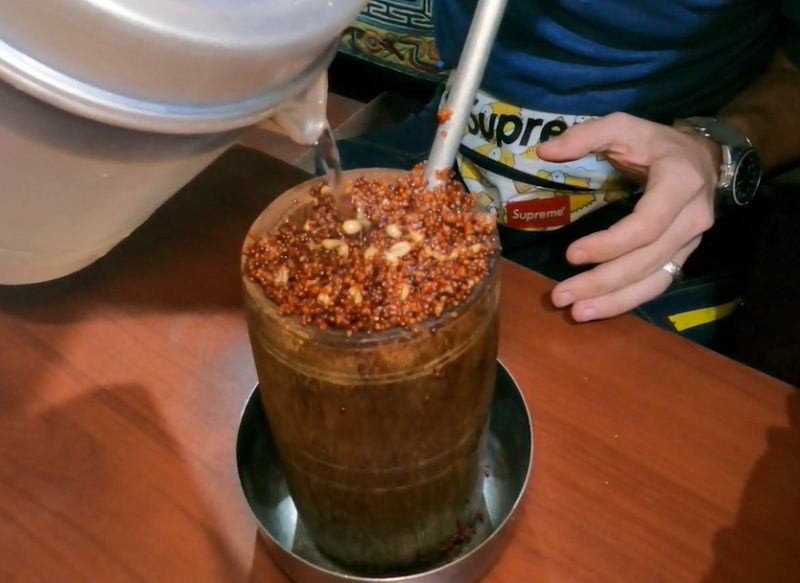
Tongba is a traditional alcoholic beverage that originates from the eastern Himalayan region of India. It is particularly popular among the Limbu community in Sikkim and Darjeeling, as well as in parts of Nepal and Bhutan. The main ingredient of tongba is millet, which is fermented and brewed to create a unique and potent drink. The millet grains are first soaked in water and then left to ferment for several days. Once the fermentation process is complete, the millet is heated and placed in a wooden container called a tongba. Hot water is added to the tongba, and the mixture is left to steep and infuse for some time. To consume tongba, a bamboo straw called a pipsing is inserted into the tongba, and the drink is sipped through it. As the hot water is added, the millet releases its flavors, resulting in a warm and aromatic beverage.
Neera
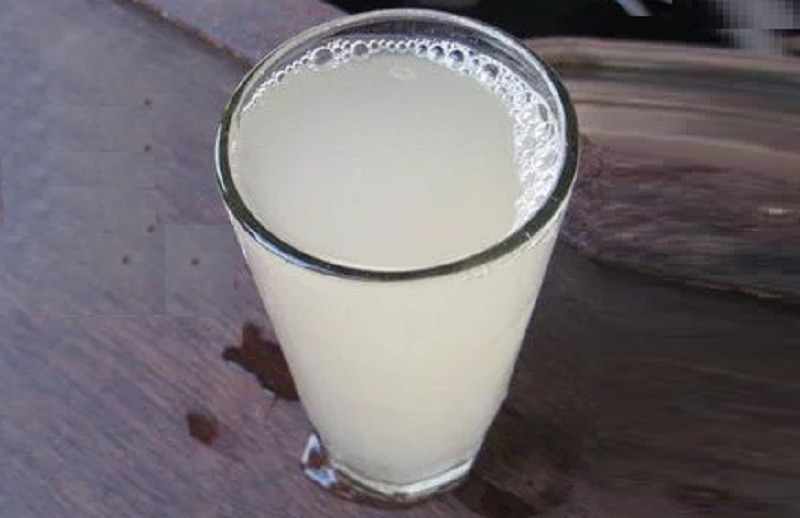
Neera, also known as palm nectar, is a traditional Indian drink that has been consumed for centuries. It is extracted from the sap of various species of palm trees, such as coconut, date, and palmyra. The process of tapping involves making a small incision in the tree trunk, allowing the sap to flow into a collection vessel. Neera is light in texture and has a mildly sweet taste, making it a refreshing and popular beverage, especially during hot summer months. It is often consumed fresh, as it starts to ferment within a few hours of extraction.
Chaas
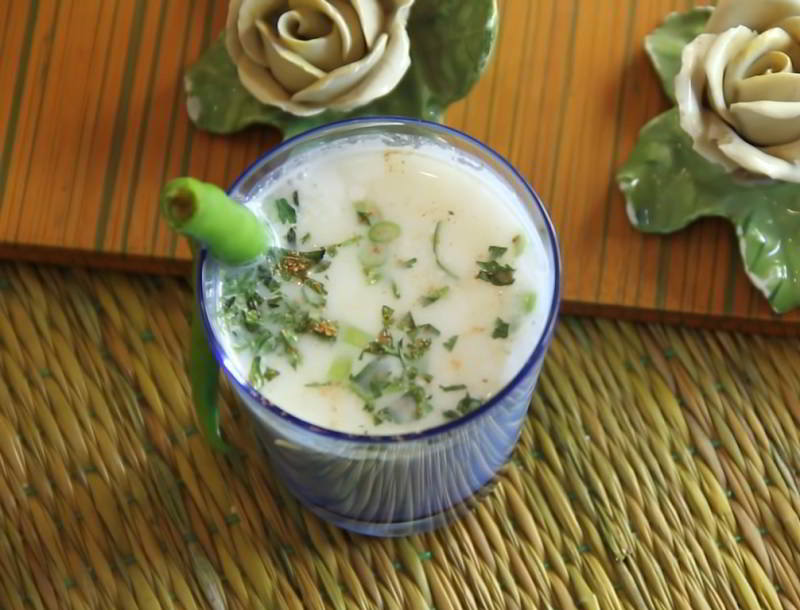
Chaas, also known as buttermilk, is a traditional Indian drink that is both refreshing and healthy. It is made by diluting yogurt with water and then adding a variety of spices and herbs for flavor. The mixture is then whisked or blended until it becomes frothy and smooth. Chaas is a popular beverage in India, especially during the hot summer months, as it helps to cool the body and aids in digestion. It is known for its tangy and slightly sour taste, which is balanced out by the addition of spices such as cumin, coriander, and black salt. Apart from being a delicious thirst quencher, chaas also has numerous health benefits. It is rich in probiotics, which promote a healthy gut and aid in digestion. It is also low in calories and fat, making it a great option for those looking to maintain or lose weight. Chaas can be enjoyed on its own as a refreshing drink or as a side accompaniment to a meal.
Chhaang
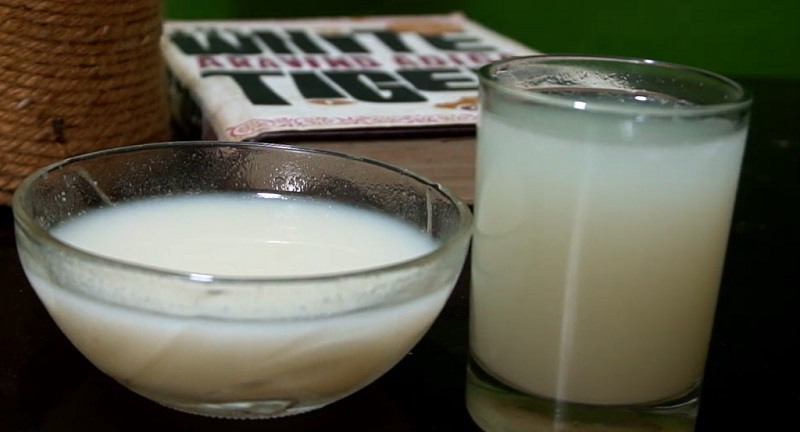
Chhaang is a traditional Indian drink that is popular in the mountainous regions of the country, particularly in the states of Sikkim and Himachal Pradesh. It is a fermented alcoholic beverage made from millet or barley, and it is often consumed during festive occasions and social gatherings. To make chhaang, millet or barley is soaked in water overnight and then boiled until it becomes soft. The mixture is then cooled and strained to remove any solid particles. The strained liquid is then mixed with a starter culture, usually made from fermented rice, and left to ferment for several hours or overnight. The resulting drink has a slightly sour taste and a low alcohol content, much like a light beer. It is often served in a traditional wooden container called a "tongba" and sipped through a bamboo straw.
Thandai
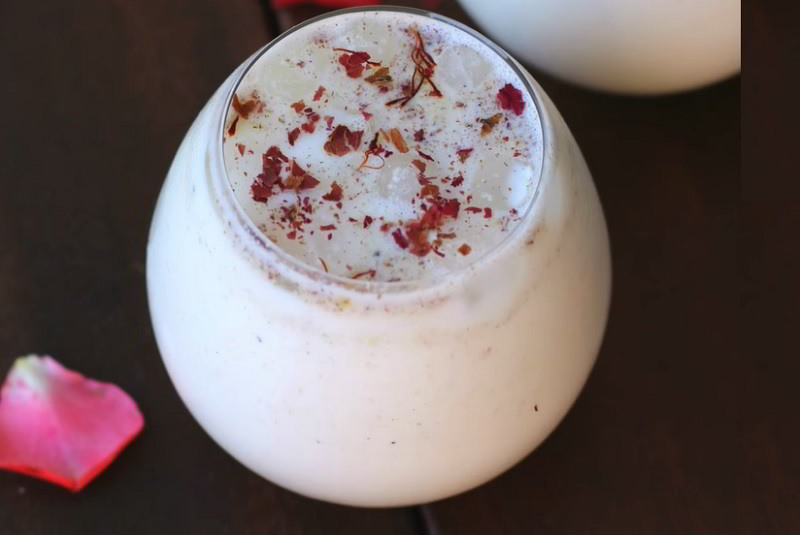
Thandai is a traditional Indian beverage that is enjoyed during the festival of Holi, as well as during the hot summer months. It is a refreshing and cooling drink that is made with a blend of various ingredients. The key ingredient in Thandai is milk, which is mixed with a combination of nuts and spices. Almonds, cashews, pistachios, and melon seeds are ground together to form a smooth paste. This paste is then mixed with milk and flavored with aromatic spices such as cardamom, saffron, and rose petals. To enhance the taste and add a hint of sweetness, sugar or jaggery is added to the mixture. The drink is traditionally served chilled and garnished with a sprinkle of chopped nuts. Thandai is not only a delicious beverage but also has a cooling effect on the body, making it a perfect drink to beat the summer heat. The combination of nuts and spices provides a unique and exotic flavor that is loved by people of all ages.
Solkadhi
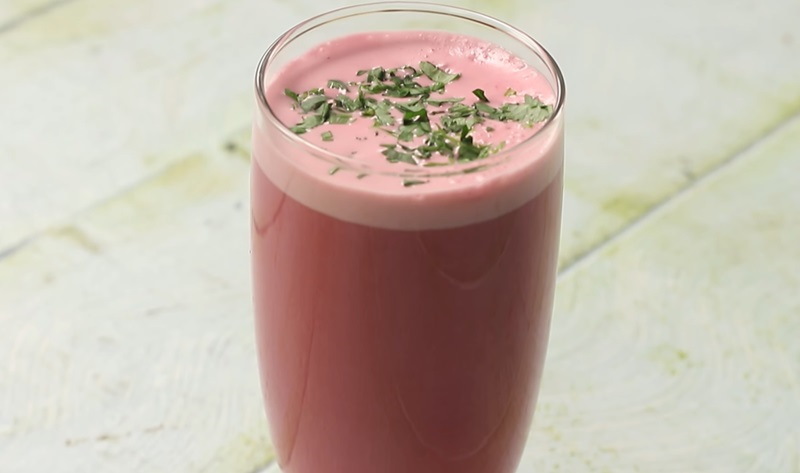
Solkadhi, a popular Indian drink, hails from the coastal regions of Maharashtra and Goa. It is a refreshing and tangy beverage that is made using kokum (Garcinia indica), a fruit native to the region. The bright red kokum is dried and then soaked in water, releasing its vibrant color and tangy flavor. To prepare solkadhi, the kokum extract is mixed with coconut milk, giving it a creamy texture and a hint of sweetness. This delightful drink is not only refreshing but also has many health benefits. Kokum is known for its digestive properties and is often consumed after meals to aid digestion. It is also believed to have cooling properties, making it a popular choice during hot summer days. Additionally, solkadhi is known to have anti-inflammatory properties and is said to help in reducing acidity and heartburn.
Raksi
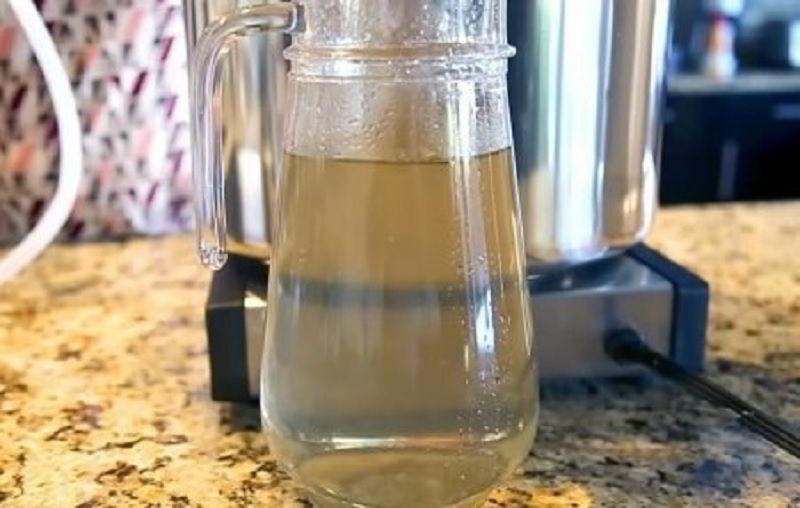
Raksi is a traditional alcoholic beverage that originated in the Himalayan regions of Nepal and is also popular in certain parts of India, particularly in the state of Sikkim. It is a distilled liquor made from fermented grains, typically millet or rice, and is often consumed during celebrations and social gatherings. The process of making Raksi involves fermenting the grains with water and yeast, and then distilling the mixture to obtain a clear, potent liquor. The alcohol content of Raksi can vary, but it is generally quite strong, ranging from 40% to 60% or even higher. Raksi is known for its distinct flavor and aroma, which is often described as earthy and slightly sweet. It is typically consumed neat or mixed with water. While Raksi is primarily consumed for its intoxicating effects, it also holds cultural significance in the Himalayan regions.
Jal-jeera
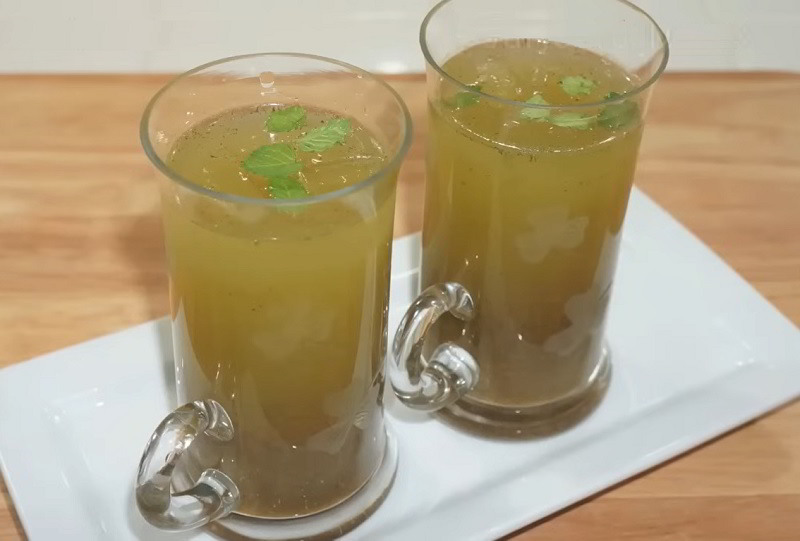
Jal-jeera is a traditional Indian drink that is popular for its refreshing and tangy taste. It is a combination of two words, "jal" meaning water and "jeera" meaning cumin seeds. This drink is made by grinding roasted cumin seeds along with other spices like black salt, black pepper, mint leaves, and tamarind pulp. The mixture is then mixed with water and served chilled. Jal-jeera is not only a delicious beverage but also has numerous health benefits. It aids in digestion, prevents dehydration, and helps in cooling down the body during hot summers. The tangy taste of tamarind and the freshness of mint leaves add a unique flavor to the drink, making it a favorite among people of all ages. In India, jal-jeera is often enjoyed as a welcome drink or as a refreshing accompaniment to spicy street food. It is also a popular choice during festivals and special occasions.
Handia
-1706005692.jpg)
Handia is a fermented rice beverage that is widely consumed in the tribal communities of the eastern states of India, such as Odisha, Jharkhand, and Chhattisgarh. Handia is prepared by fermenting a mixture of boiled rice, water, and a starter culture called 'yaqni' in earthen pots for several days. The fermentation process converts the starches in the rice into alcohol, resulting in a mildly alcoholic beverage. The taste of Handia is unique and can vary from slightly sweet to tangy, depending on the fermentation time and other ingredients added. It has a creamy texture and a slightly sour aftertaste.
Shikanji
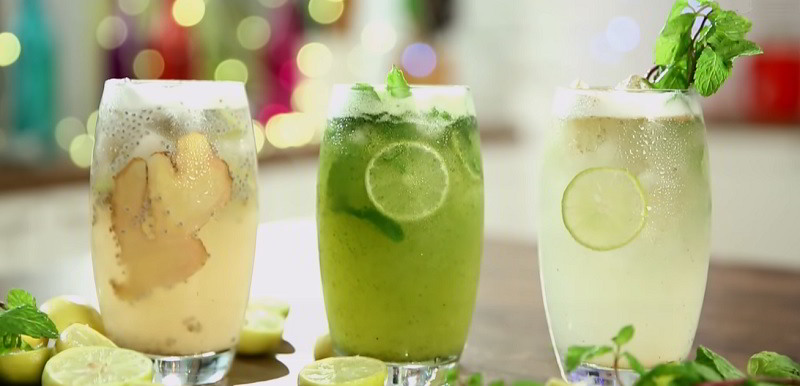
Shikanji is a popular traditional Indian drink that is both refreshing and flavorful. Originating from the northern regions of India, Shikanji is a perfect thirst quencher during the scorching summer months. The base of this delightful beverage is a mixture of freshly squeezed lemon juice, water, and sugar. To enhance the taste, a variety of spices and herbs are added, such as roasted cumin powder, black salt, mint leaves, and sometimes a pinch of chaat masala. These ingredients give Shikanji its unique tangy and zesty flavor profile. Shikanji is often served chilled with ice cubes, making it a perfect drink to beat the summer heat. This refreshing beverage not only helps in quenching thirst but also aids digestion due to the presence of cumin and mint. It is also believed to provide relief from heat strokes and dehydration. With its delightful taste and cooling properties, Shikanji has become a beloved drink in India and is enjoyed by people of all ages.
Aamras
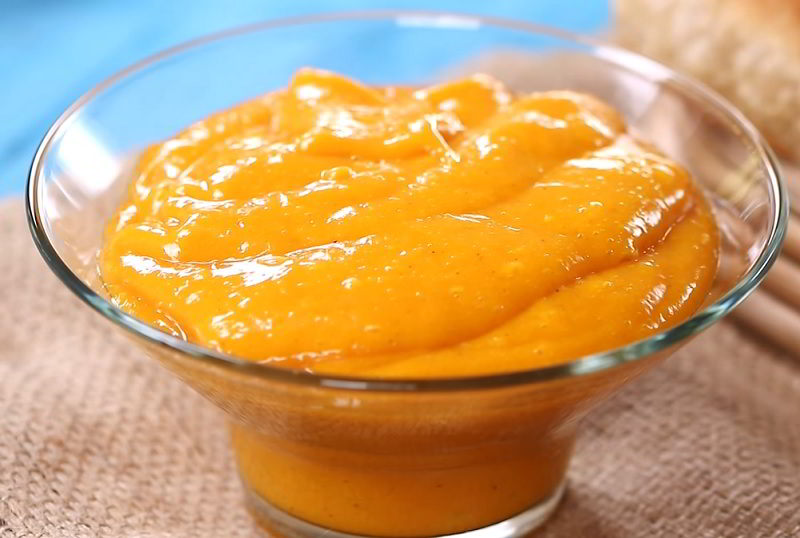
Aamras is a popular Indian dish that is essentially a sweet and tangy mango pulp. It is a traditional dessert that originated in the western states of India, such as Gujarat and Maharashtra, where mangoes are abundant during the summer season. To prepare Aamras, ripe and juicy mangoes are peeled, pitted, and pureed to obtain a smooth and luscious pulp. The pulp is then sweetened with sugar or jaggery and flavored with a hint of cardamom or saffron. Aamras is typically enjoyed chilled and is often served alongside traditional Indian meals. It is commonly eaten with warm fluffy puris (deep-fried bread)
Doodh Soda
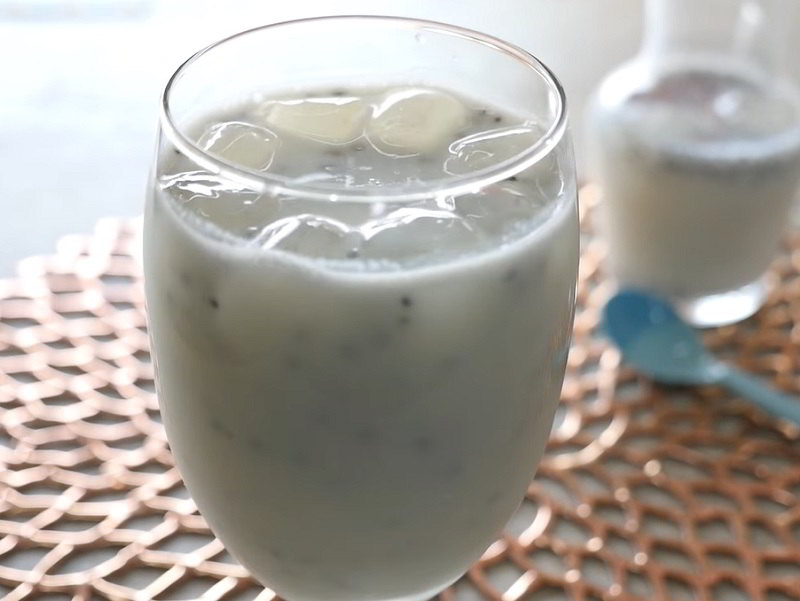
Doodh soda is a refreshing beverage originating from the Punjab region, consisting of lemon or lime-flavored soda like Sprite or 7 Up, or sometimes cola-flavored soda like Pepsi. It's believed to be a healthier alternative to regular soda and is often enjoyed alongside spicy foods. There are various ways to make doodh soda; one method involves cooling boiled milk by spinning a metal bucket in iced water, then mixing it with soda. Alternatively, vendors may pour the ingredients between glasses to aerate the mixture. Additional ingredients like fruit syrup, sugar, honey, or citrus zest may also be included in small amounts for added flavor.
Apo
-1706009204.jpg)
Apo is a traditional alcoholic beverage originating from Northeast Indian cuisine. It is a refreshing and nourishing drink made from fermented rice. The process of creating Apo involves soaking rice in water for a few hours, grinding it into a coarse paste, and allowing it to ferment for several days. During this fermentation process, natural yeasts in the air and on the rice grains aid in the transformation. After fermentation is complete, the mixture is strained to remove any solids, resulting in a smooth and slightly tangy liquid. Apo is typically served chilled and can be enjoyed as is or with a touch of sweetness by adding jaggery or sugar.
Aam Panna
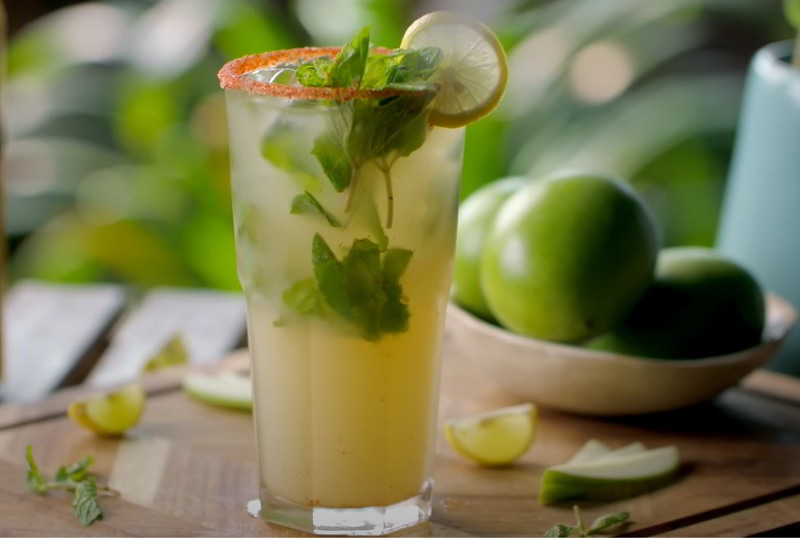
Aam panna is a traditional Indian beverage that is popular during the summer months. It is made from raw green mangoes, which are boiled and then blended with spices and sugar to create a refreshing and tangy drink. The word "aam" means mango in Hindi, and "panna" refers to a drink made from fruit pulp. To prepare aam panna, the raw mangoes are first boiled until they become soft and tender. The pulp is then extracted and blended with water to create a smooth mixture. This mixture is then flavored with spices such as roasted cumin powder, black salt, and black pepper. Sugar or jaggery is added to balance the tanginess of the mangoes. Aam panna is known for its cooling properties and is often consumed to beat the summer heat. It is not only delicious, but it is also rich in vitamin C and other essential nutrients. This traditional Indian drink is typically served chilled and garnished with mint leaves or a sprinkle of roasted cumin powder.
Kanji
-1709172985.jpg)
Kanji is a traditional Indian drink that is popularly consumed during the festival of Holi. It is a fermented drink made from black carrots, mustard seeds, and water. The preparation process of Kanji involves soaking the black carrots in water for a few days until they turn soft. Mustard seeds are then ground and added to the water along with some salt and red chili powder to enhance the flavor. The mixture is then left to ferment for a few days, allowing the natural bacteria to convert the sugar in the carrots into lactic acid, which gives Kanji its distinctive tangy taste. The end result is a refreshing and probiotic-rich beverage that is not only delicious but also has numerous health benefits. Kanji is often enjoyed as a side dish along with traditional Indian meals. It is known for its digestive properties and is believed to aid in the digestion of heavy and spicy foods. The vibrant purple color of Kanji adds a visually appealing touch to any table setting, making it a popular choice during festive occasions.
Chuak
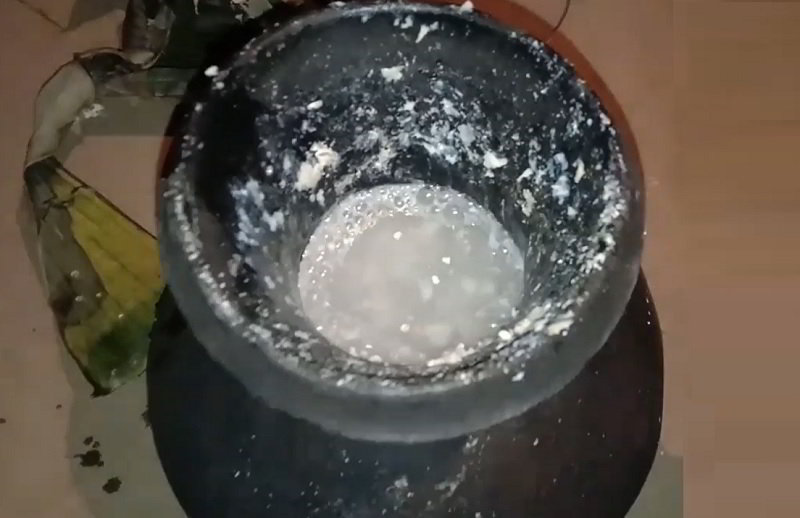
Chuak, a cherished traditional rice beer in the Tripuri culture of Northeast India, holds great cultural and ritual importance. This unique beverage is made by fermenting rice in water, and it plays a central role in social gatherings and ceremonial events. Its consumption is deeply intertwined with Tripuri traditions, symbolizing hospitality and fostering community bonds. Chuak is regularly offered to village elders during various occasions and celebrations, serving as a gesture of respect and communal harmony. Brewing and sharing Chuak go beyond being a mere culinary tradition; they embody the cultural richness and shared moments of togetherness within the Tripuri community, making it a revered element of their cultural tapestry.
Panakam
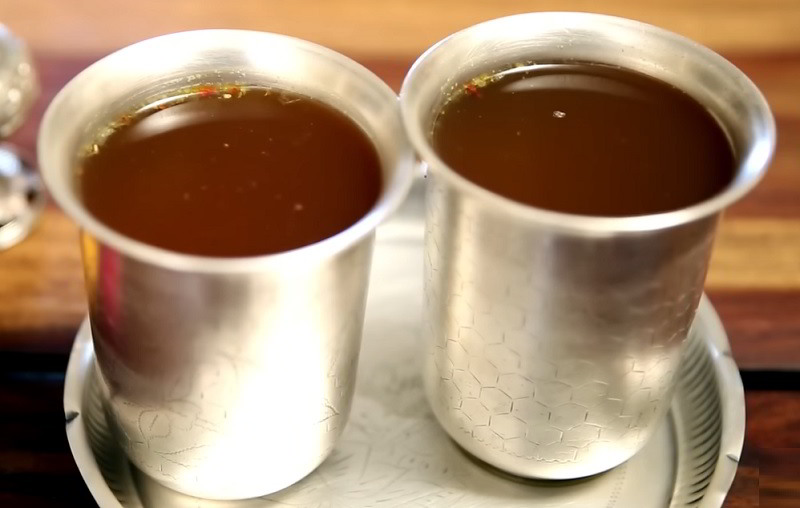
Panakam is a traditional Indian drink that is popularly consumed during the festival of Ram Navami in South India. It is a refreshing and cooling beverage made with simple ingredients like jaggery, lemon juice, ginger, cardamom, and water. To prepare Panakam, jaggery is dissolved in water, and then lemon juice is added to it. A pinch of freshly grated ginger and powdered cardamom are also added to enhance the flavor. The mixture is then stirred well until the jaggery completely dissolves. Panakam is known for its unique blend of sweet, tangy, and mildly spicy flavors.
Judima
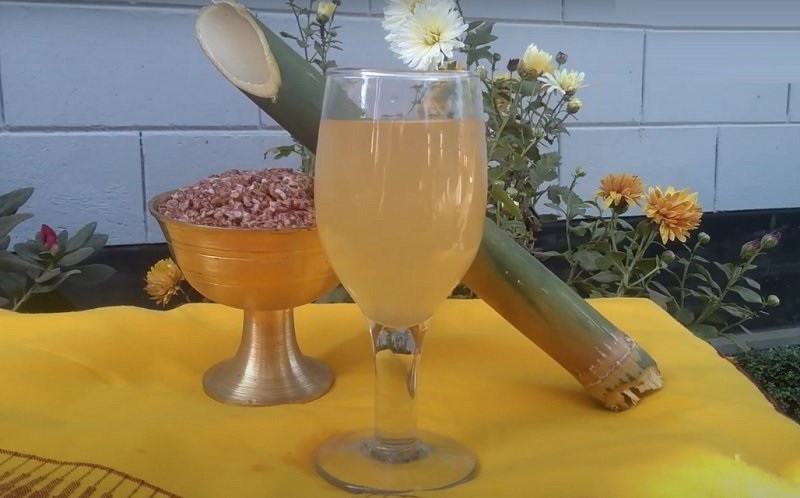
Judima is a traditional drink from the northeastern state of Assam in India. This indigenous drink is made from the fermentation of Judima, a type of rice that is unique to the region. To prepare judima, the rice is first soaked in water and later cooked. After cooking, it is allowed to cool down and then mixed with yeast to initiate the fermentation process. The mixture is then left in a closed container for several days, allowing the rice to ferment and transform into a potent alcoholic beverage. Judima has a distinct flavor and aroma, with hints of rice and a slightly sour taste. It is often consumed during social gatherings, festivals, and religious ceremonies in Assam.
Bela Pana
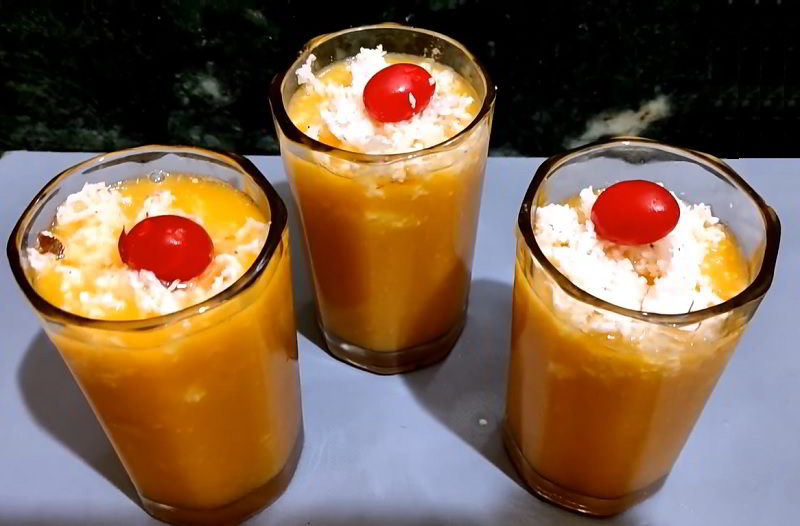
Bela Pana is a well-known and traditional dish hailing from the state of Odisha in India. This delightful beverage is commonly prepared during the festive occasion of Pana Sankranti, which signifies the start of the Odia New Year. The star ingredient used in bela pana is ripe bela fruit, also known as wood apple. The fruit is peeled and its pulp is extracted and combined with water, resulting in a thick and velvety paste. To enhance the flavor, jaggery, a natural form of sugar, is added for sweetness, along with a touch of roasted cumin powder, black salt, and black pepper. All the ingredients are skillfully blended together to ensure a harmonious combination. For an extra burst of taste, some versions of bela pana include grated coconut, cardamom powder, and crushed ginger.
Tanka Torani
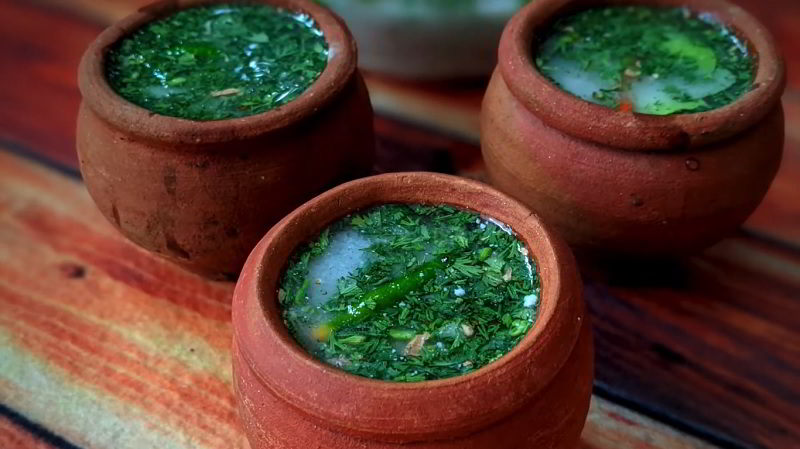
Tanka Torani, a traditional Odia drink, is made from fermented rice, curd, and a variety of spices and herbs. To prepare it, one-day-old cooked rice and its water are used. The rice is mashed, and water and curd are added until the mixture becomes drink-like in consistency. Then, all the spices are added and thoroughly mixed. The blend is left to rest for 2-3 hours before serving it cold. Traditionally, Tanka Torani is made in earthen pots to keep it cool. It is a light and refreshing dish known for its cooling effect on the body and its digestive properties.






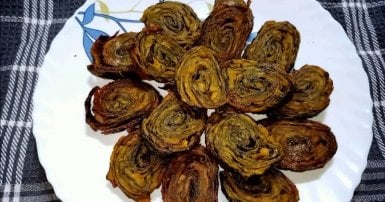
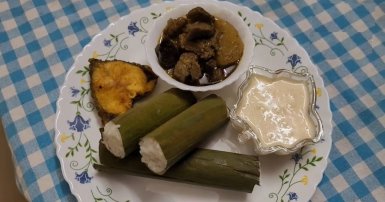
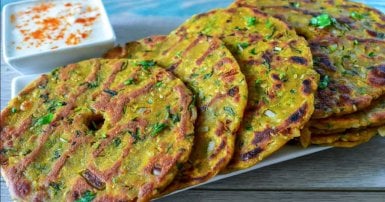
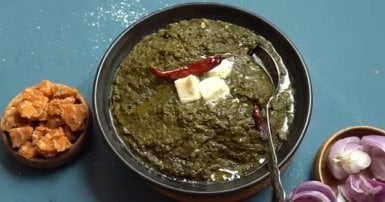
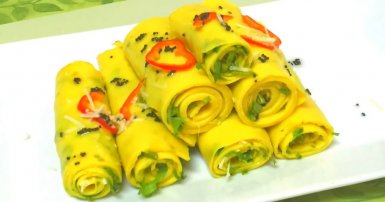
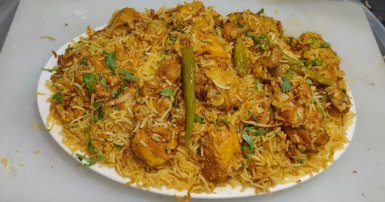

-1709813013.jpg)


